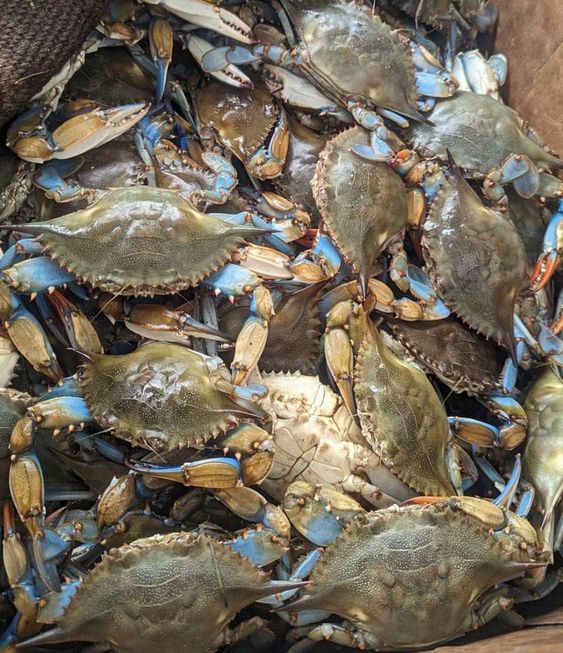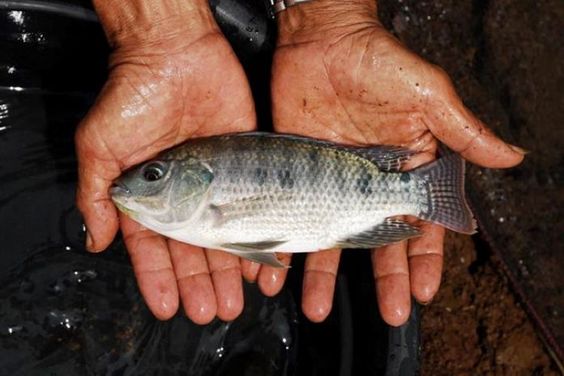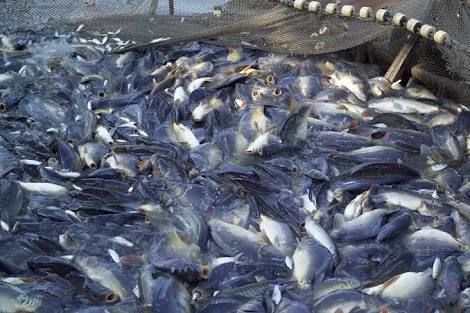Crab Processing Waste: A Goldmine in Disguise
Crab Processing Waste,The burgeoning global seafood industry, particularly the crab segment, has witnessed unprecedented growth in recent years. While this expansion has brought economic prosperity, it has also generated a significant environmental challenge: crab processing waste. This article delves into the multifaceted issue of crab processing waste, exploring its composition, environmental impact, and most importantly, its potential for transformation into valuable resources.
Contents
- 1 Crab Processing Waste
- 2 The Need for Sustainable Management
- 3 Benefits of Crab Processing Waste Utilization
- 4 Goals and Objectives
- 5 Ideas for Crab Processing Waste Valorization
- 6 Advantages of Crab Processing Waste Utilization
- 7 Chitin and Chitosan in Bone Tissue Engineering
- 8 Challenges and Future Directions
Crab Processing Waste
Crab processing waste encompasses a diverse range of byproducts generated during the transformation of raw crab into consumable products. Primarily composed of crab shells, viscera, and other inedible parts, this waste stream presents a complex challenge for the seafood industry.
- Composition: Crab shells, the most abundant component, are rich in chitin and calcium carbonate. Viscera, containing proteins, lipids, and minerals, also constitutes a significant portion of the waste. Other components include crab meat residues, exoskeletons, and processing water.
- Environmental Impact: Improper disposal of crab processing waste can lead to severe environmental consequences. Landfilling contributes to methane emissions, water pollution, and habitat degradation. Ocean dumping poses risks to marine ecosystems and biodiversity.
The Need for Sustainable Management
The imperative for sustainable management of crab processing waste is driven by several factors:
- Environmental Responsibility: Mitigating the environmental footprint of the seafood industry is crucial for preserving ecosystems and public health.
- Resource Optimization: Crab processing waste represents a valuable untapped resource with the potential to generate economic benefits.
- Regulatory Compliance: Increasingly stringent environmental regulations necessitate effective waste management practices.
Benefits of Crab Processing Waste Utilization
Harnessing the potential of crab processing waste offers a multitude of benefits:
- Economic Opportunities: Value-added products derived from crab waste can create new revenue streams for the seafood industry.
- Environmental Protection: Diverting waste from landfills and reducing pollution contributes to a cleaner environment.
- Resource Conservation: Utilizing waste as a raw material conserves natural resources and reduces the demand for virgin materials.
- Innovation and Job Creation: Research and development in crab waste valorization can foster innovation and create new job opportunities.
Goals and Objectives
The overarching goal is to transform crab processing waste from a liability into a valuable asset. Specific objectives include:
- Characterizing the composition and properties of crab processing waste.
- Developing efficient and cost-effective methods for collecting and transporting waste.
- Identifying and developing high-value products from crab waste components.
- Promoting the adoption of sustainable waste management practices within the seafood industry.
- Conducting life cycle assessments to evaluate the environmental impact of different waste management strategies.
Ideas for Crab Processing Waste Valorization
The potential applications for crab processing waste are vast and span various industries:
- Chitin and Chitosan Production: Crab shells are an excellent source of chitin, a natural polymer with numerous applications in biomedicine, food, and agriculture.
- Calcium Carbonate Recovery: Calcium carbonate, extracted from crab shells, can be used as a mineral supplement, filler, or construction material.
- Feed and Fertilizer Production: Crab waste can be processed into animal feed or organic fertilizers, enriching soil and promoting plant growth.
- Biofuel Production: The lipid content of crab viscera can be converted into biodiesel, contributing to renewable energy sources.
- Bioplastics Development: Chitin-based bioplastics offer a sustainable alternative to traditional plastics.
- Wastewater Treatment: Crab-derived materials can be used as adsorbents for removing pollutants from water.
Topic Suggestions for Further Research
To fully unlock the potential of crab processing waste, further research is essential in the following areas:
- Economic feasibility of different waste valorization processes.
- Development of scalable and industrial-grade technologies for waste treatment.
- Market analysis for chitin, chitosan, and other value-added products.
- Life cycle assessment of crab waste management and product development.
- Policy and regulatory frameworks for promoting waste valorization.
- Consumer acceptance of products derived from crab waste.
Advantages of Crab Processing Waste Utilization
Embracing crab processing waste as a resource offers several advantages:
- Circular Economy: Promotes a circular economy by minimizing waste and maximizing resource utilization.
- Reduced Environmental Impact: Contributes to a cleaner and healthier planet.
- Economic Growth: Creates new business opportunities and job creation.
- Innovation and Technological Advancement: Drives research and development in sustainable technologies.
- Enhanced Brand Image: Demonstrates corporate social responsibility and environmental stewardship.
Chitin and Chitosan in Bone Tissue Engineering
Bone tissue engineering represents a promising field where chitin and chitosan have demonstrated significant potential. The ability of these biopolymers to mimic the extracellular matrix of bone, combined with their biocompatibility and osteoconductive properties, makes them attractive candidates for bone graft substitutes.
The Role of Chitin and Chitosan in Bone Regeneration
- Biocompatibility: Chitin and chitosan exhibit excellent biocompatibility, minimizing the risk of immune rejection and inflammation.
- Osteoconductivity: These materials provide a scaffold for bone cells to migrate, proliferate, and differentiate, facilitating new bone formation.
- Porosity: Chitin and chitosan-based scaffolds can be engineered with controlled porosity to allow for nutrient and oxygen diffusion, essential for bone cell survival.
- Mechanical properties: The mechanical properties of chitin and chitosan can be tailored to match the specific requirements of different bone types.
Applications in Bone Tissue Engineering
- Bone grafts: Chitin and chitosan-based scaffolds can be used as bone grafts to replace damaged or missing bone tissue.
- Osteoporosis treatment: These materials can be used to promote bone regeneration in patients with osteoporosis.
- Dental implants: Chitin and chitosan can enhance the integration of dental implants with surrounding bone tissue.
- Craniofacial reconstruction: These biopolymers offer potential for reconstructing bone defects in the craniofacial region.
Challenges and Future Directions
Despite the promising potential of chitin and chitosan in bone tissue engineering, several challenges remain:
- Mechanical strength: While chitin and chitosan possess good biocompatibility, their mechanical properties may not always be sufficient for load-bearing applications.
- Osteoinduction: While these materials can support bone formation, they do not inherently possess osteoinductive properties, which can limit their effectiveness in certain cases.
- Vascularization: Ensuring adequate blood supply to the bone graft is crucial for successful bone regeneration.
To address these challenges, researchers are exploring various strategies, including:
- Combining chitin and chitosan with other biomaterials to enhance mechanical properties.
- Incorporating growth factors or stem cells into the scaffolds to promote bone formation.
- Developing methods to improve vascularization within the bone graft.
Chitin and chitosan hold great promise for the field of bone tissue engineering. Their biocompatibility, osteoconductivity, and versatility make them attractive candidates for developing innovative bone graft substitutes and treatments. Continued research and development are essential to overcome the existing challenges and fully realize the potential of these biopolymers in regenerating bone tissue.






